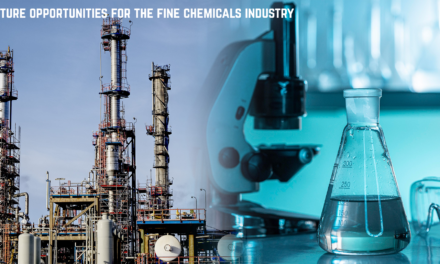Renewable feedstock plays a critical role in the production of sustainable chemicals, as it provides a more environmentally-friendly alternative to traditional fossil-based feedstocks (such as petroleum or natural gas) that are commonly used in chemical manufacturing. By using renewable sources, the chemical industry can reduce its dependence on non-renewable resources, lower carbon emissions, and contribute to a more sustainable and circular economy. Here’s a breakdown of the key roles renewable feedstocks play in sustainable chemical production:
1. Reduction of Carbon Footprint
- Role: Renewable feedstocks, such as biomass, agricultural waste, wood, and algae, have a significantly lower carbon footprint compared to fossil fuels. The carbon released when these feedstocks are processed or burned is part of the biological carbon cycle, which is more balanced than the carbon emissions from fossil sources.
- Impact: Using renewable feedstocks reduces net greenhouse gas emissions, helping to mitigate climate change and promoting carbon neutrality in chemical production.
2. Encouraging Circular Economy Practices
- Role: Renewable feedstocks, especially those derived from waste or by-products (such as agricultural residues or food waste), support circular economy principles by promoting the reuse of materials that would otherwise be discarded.
- Impact: By recycling waste into useful chemicals, these feedstocks help reduce waste, minimize resource extraction, and close the loop on material usage, moving the industry closer to a zero-waste approach.
3. Reduced Dependency on Fossil Fuels
- Role: Renewable feedstocks are not subject to the same price fluctuations or supply chain challenges as fossil fuels. Additionally, they are renewable and abundant in many parts of the world.
- Impact: This diversification helps enhance energy security and reduce geopolitical risks associated with reliance on oil and natural gas. It also reduces the economic volatility that can affect chemical production costs.
4. Biodegradable Products and Materials
- Role: Many chemicals produced from renewable feedstocks are more easily biodegradable compared to those derived from fossil fuels, leading to less environmental pollution and easier waste management.
- Impact: The biodegradability of products made from renewable feedstocks, such as bio-based plastics or bio-polymers, reduces the long-term environmental burden associated with plastic pollution and waste accumulation.
5. Promoting Eco-friendly Manufacturing Processes
- Role: The use of renewable feedstocks often goes hand-in-hand with more sustainable production methods, such as biocatalysis, enzymatic processes, or green chemistry principles.
- Impact: These processes are often more energy-efficient, require fewer harsh chemicals, and produce fewer toxic by-products, leading to greener and more sustainable manufacturing practices.
6. Creation of New, Sustainable Chemical Products
- Role: Renewable feedstocks enable the production of new chemicals that were previously difficult to produce from fossil resources. These include bio-based chemicals such as bioethanol, biodegradable plastics, bio-based solvents, and green surfactants.
- Impact: These bio-based products often have superior environmental profiles compared to their conventional counterparts, offering safer alternatives for both consumers and the environment.
7. Supporting Local Economies
- Role: Renewable feedstocks are often locally sourced from agriculture, forestry, or waste management sectors. This supports the development of regional supply chains and reduces the carbon footprint associated with transporting raw materials over long distances.
- Impact: It creates local economic opportunities, especially in rural areas, and contributes to sustainable agricultural practices that prioritize soil health and biodiversity.
8. Innovation and Technological Advancements
- Role: The growing demand for renewable feedstocks has driven significant innovation in chemical production technologies, including biorefining and green chemistry techniques. Companies are investing in new processes to convert biomass into valuable chemicals with high efficiency and lower environmental impact.
- Impact: These innovations are leading to the development of next-generation sustainable chemicals, improving the economic viability of green alternatives to traditional chemicals and paving the way for large-scale adoption.
9. Lower Toxicity and Health Impacts
- Role: Many chemicals derived from renewable feedstocks are non-toxic or less hazardous than their fossil-based counterparts. For example, bio-based solvents often replace toxic petroleum-derived solvents used in coatings, adhesives, and cleaning products.
- Impact: These safer alternatives improve the health and safety of workers, consumers, and communities, while reducing environmental contamination.

















